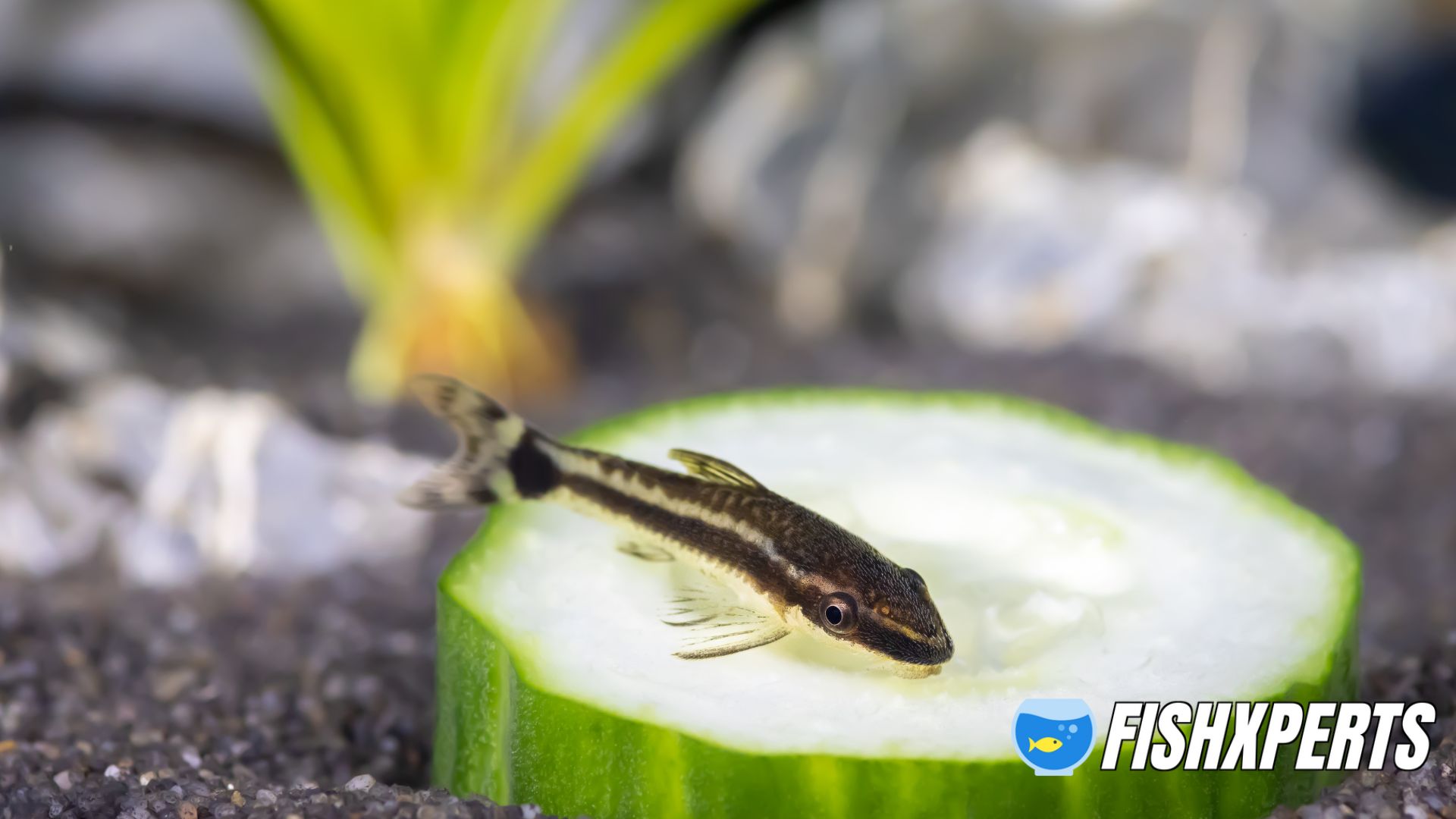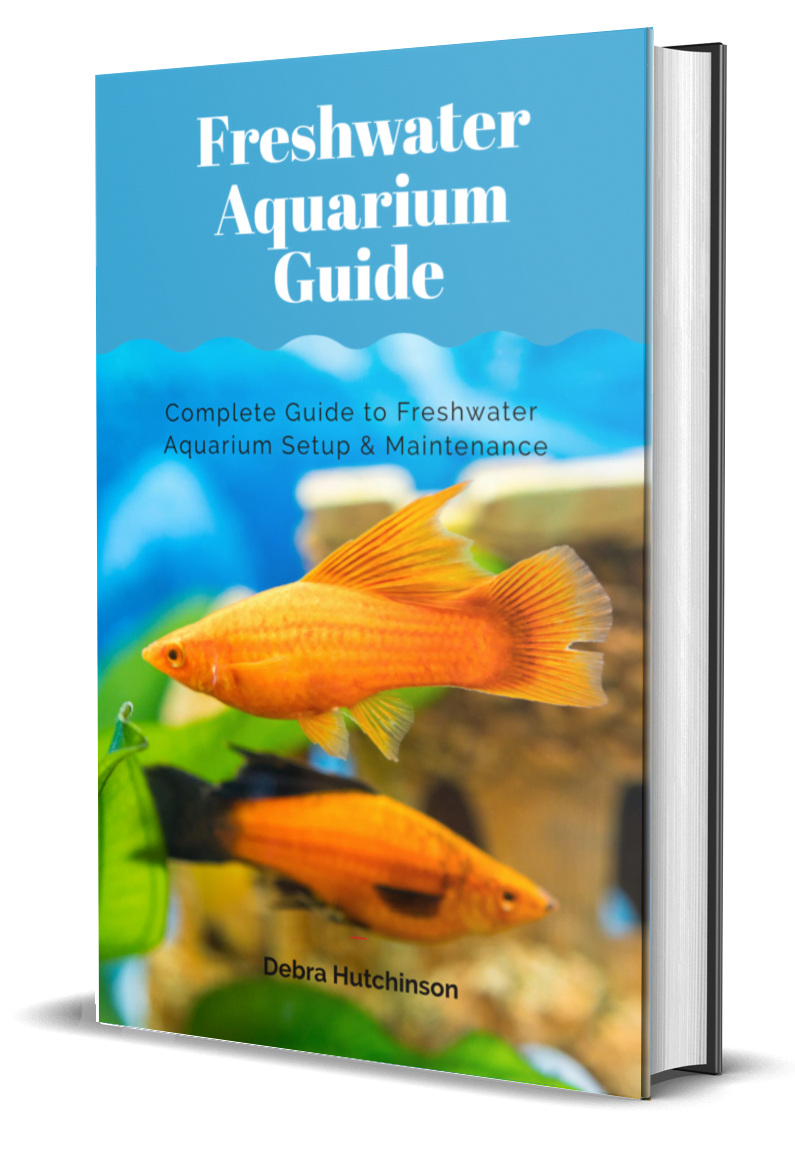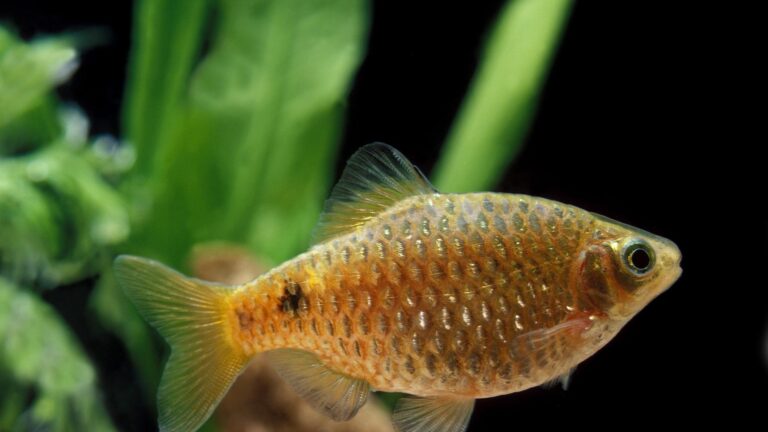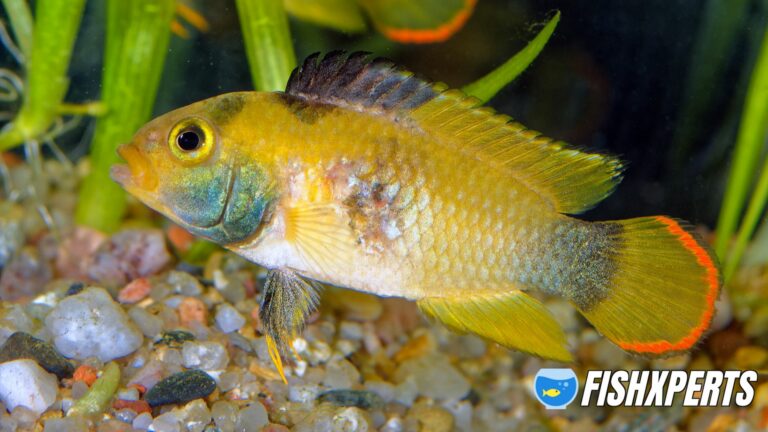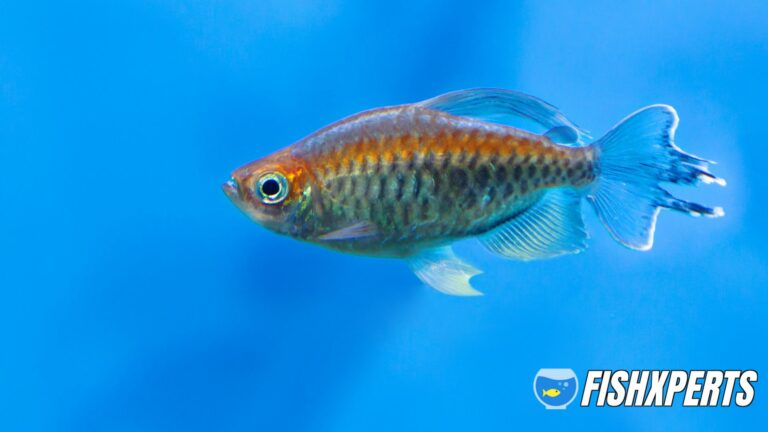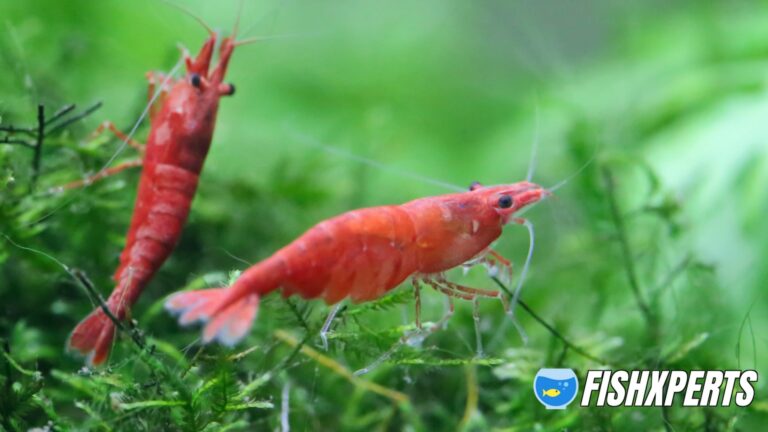Otocinclus Catfish Care
Overview
The Otocinclus catfish (Otocinclus vittatus) is a small, freshwater fish native to South America. It is a member of the Loricariidae family of suckermouth catfishes. The Otocinclus catfish is also known as the Dwarf Suckermouth, Oto catfish, or Otto catfish. It is a popular aquarium fish due to its small size and peaceful nature.
The Otocinclus catfish is a small fish, reaching a maximum length of 2.5 cm (1 in). It has a brown or black body with dark spots. The Otocinclus catfish is a peaceful community fish that does well in an aquarium with other small, peaceful fish.
It is a bottom-dweller that feeds on algae. The Otocinclus catfish is a hardy fish that is easy to care for, making it a good choice for beginner aquarists.
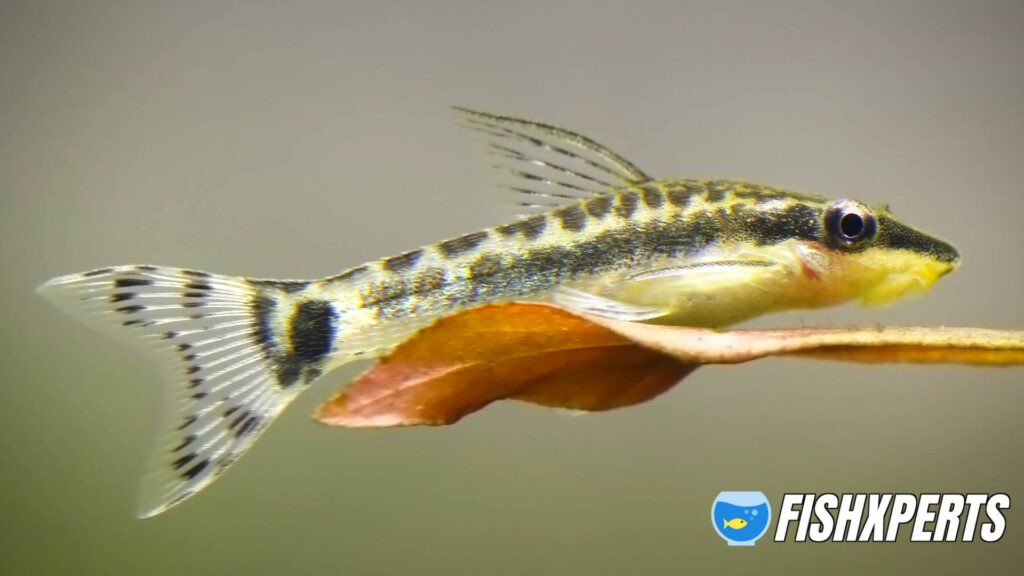
Otocinclus catfish Care Tips In Brief
Otocinclus catfish are a great addition to any freshwater aquarium. They are small, peaceful, and do a great job of keeping your aquarium clean.
Here are some tips on how to care for your otocinclus catfish:
- Provide them with a well-aquarium with plenty of hiding places and a gentle water current.
- Feed them a diet of live or frozen foods, as well as algae tablets or wafers.
- Keep the water quality in your aquarium high, as otocinclus catfish are sensitive to water conditions.
With proper care, your otocinclus catfish will thrive in your freshwater aquarium!
Lifespan
The lifespan of an Otocinclus catfish is typically 5 to 7 years. However, some have been known to live up to 10 years in captivity. The key to a long and healthy life for these fish is a clean and well-maintained aquarium.
Appearance
Otocinclus catfish are small, peaceful freshwater fish that make great additions to any aquarium. They are brown or green in color, and have a black stripe running along their sides. They typically reach a length of 1-2 inches (2.5-5 cm).
Otocinclus catfish are very active, and are constantly swimming around the tank. They are also very good at hiding, and will often be seen hiding among the plants in the aquarium.
Average Size
Otocinclus catfish are small fish, with an average length of around 2.5 cm (1 in). However, some specimens can reach up to 4 cm (1.6 in). They are one of the smallest species of catfish in the world.
Otocinclus catfish are native to South America, where they are found in freshwater rivers and streams. They are a popular choice for aquariums because of their small size and peaceful nature. They are also known as “dwarf suckermouths” or “oto cats”.
Otocinclus catfish are omnivorous, and in the wild they feed on algae, small invertebrates, and detritus. In the aquarium, they should be offered a variety of foods, including algae tablets, blanched vegetables, and live or frozen foods.
Due to their small size, Otocinclus catfish are vulnerable to predation from larger fish. They should be kept in an aquarium with other peaceful fish that are too large to be eaten.
Tank Size & Setup
Aquarium size and setup are important considerations for Otocinclus catfish care. As a rule of thumb, these catfish should be kept in an aquarium that is at least 20 gallons in size. A 20 gallon aquarium is a good size for a small group of Otocinclus catfish.
When setting up an aquarium for Otocinclus catfish, it is important to create a habitat that is similar to their natural environment. These catfish come from fast-moving rivers and streams in South America, so they are used to a lot of water movement.
As such, a aquarium filter with strong water flow is a necessity. In addition to a filter, an aquarium air pump can also be used to create additional water movement.
Otocinclus catfish are also used to living in groups, so it is best to keep them in groups of 5 or more. When kept in groups, these catfish are much more active and tend to show their best colors.
Aquarium decoration is not as important for Otocinclus catfish, but some aquarists like to add rocks and wood to the aquarium to create hiding places for the catfish. Driftwood is a particularly good choice for Otocinclus catfish tanks, as these catfish like to cling to wood surfaces.
Plants can also be added to the aquarium, but it is important to choose plants that can tolerate the strong water flow that is necessary for Otocinclus catfish. Fast-growing plants such as Java Fern and Anubias are good choices for Otocinclus catfish tanks.
Water Parameters
Aquarium water parameters are measurements of chemical and physical characteristics of water. These measurements are taken to ensure the health of aquatic life and to maintain proper water quality in the aquarium.
The most important water parameters for Otocinclus catfish are temperature, pH, and hardness. The ideal temperature range for Otocinclus catfish is 77-86°F (25-30°C). The ideal pH range for Otocinclus catfish is 6.5-7.5. The ideal hardness range for Otocinclus catfish is 4-8 dGH.
Otocinclus catfish are very sensitive to changes in water parameters. sudden changes in temperature, pH, or hardness can be deadly to Otocinclus catfish. For this reason, it is important to test the water parameters regularly and to make slow, gradual changes if necessary.
Decorations and Plants
Decorating an Otocinclus Catfish tank is a fun way to make the fish feel at home and add some visual interest to the aquarium. There are a few things to keep in mind when choosing decorations and plants for an Otocinclus Catfish tank.
First, the Otocinclus Catfish are a peaceful species that does not do well with aggressive fish. It is important to choose decorations and plants that will not bother the Otocinclus Catfish or make them feel uncomfortable.
Second, Otocinclus Catfish are a small species and need plenty of hiding places. It is a good idea to choose decorations and plants that offer the Otocinclus Catfish plenty of places to hide.
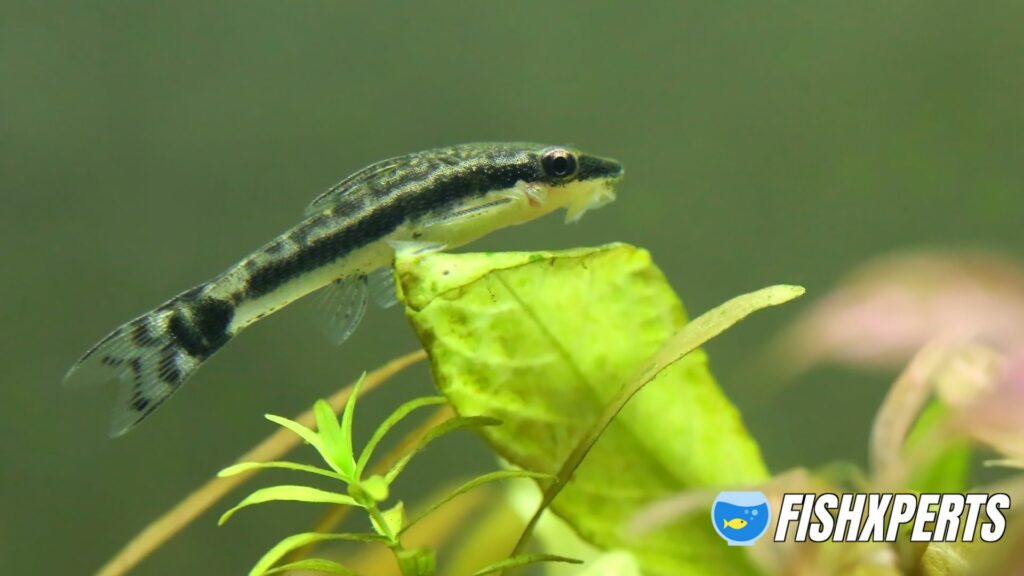
Third, Otocinclus Catfish are a bottom dwelling species and prefer to stay close to the bottom of the tank. It is important to choose decorations and plants that are not too tall or that do not havesharp edges that the Otocinclus Catfish could hurt themselves on.
Some great choices for decorations and plants for an Otocinclus Catfish tank include:
Anubias: Anubias are a great choice for an Otocinclus Catfish tank because they are a slow growing plant that does not need much care. Anubias also provide the Otocinclus Catfish with plenty of places to hide.
Java Fern: Java Fern is another great choice for an Otocinclus Catfish tank. Java Fern is a slow growing plant that is very easy to care for. Java Fern also provides the Otocinclus Catfish with plenty of places to hide.
Hornwort: Hornwort is a fast growing plant that is great for an Otocinclus Catfish tank. Hornwort provides the Otocinclus Catfish with plenty of places to hide and also helps to oxygenate the water.
Decorating an Otocinclus Catfish tank is a fun way to make the fish feel at home and add some visual interest to the aquarium. By keeping a few things in mind, you can choose the perfect decorations and plants for an Otocinclus Catfish tank.
Lighting
Otocinclus catfish are a nocturnal species, meaning they are most active at night. For this reason, it is not necessary to provide them with strong or direct light during the day. A low-light or fluorescent aquarium light will be sufficient.
During the night, however, you may notice your Otocinclus catfish becoming more active. They may even come to the surface to feed on algae or other food sources. If you have a night light in your aquarium, it will help you see your fish and also provide them with some light to see their food.
Filtration
The Otocinclus Catfish is a small, peaceful freshwater fish that originates from South America. They are a popular choice for aquariums because of their small size and peaceful demeanor. The Otocinclus Catfish is also a very active swimmer and does best in a tank with plenty of hiding places.
When setting up a tank for Otocinclus Catfish, it is important to include a good filtration system. This fish is very sensitive to water quality and even the slightest change in water parameters can cause stress and illness. A well-filtered tank will help to keep the water quality stable and reduce the risk of illness.
There are a few different types of filtration that can be used in an Otocinclus Catfish tank. The most common type of filtration is mechanical filtration, which removes physical debris from the water.
This is important in an Otocinclus Catfish tank because these fish are very sensitive to water quality and even the slightest change in water parameters can cause stress and illness.
Another type of filtration that can be used in an Otocinclus Catfish tank is chemical filtration. This type of filtration removes dissolved impurities from the water.
Chemical filtration is especially important in an Otocinclus Catfish tank because these fish are very sensitive to water quality and even the slightest change in water parameters can cause stress and illness.
The last type of filtration that can be used in an Otocinclus Catfish tank is biological filtration. This type of filtration uses beneficial bacteria to convert ammonia and nitrites into nitrates. Biological filtration is important in an Otocinclus Catfish tank because these fish are very sensitive to water quality and even the slightest change in water parameters can cause stress and illness.
A good filtration system is an important part of any Otocinclus Catfish tank setup. There are a few different types of filtration that can be used, but mechanical, chemical, and biological filtration are the most common. Each type of filtration has its own benefits and it is important to choose the right type of filtration for your Otocinclus Catfish tank.
Common Potential Diseases
Otocinclus catfish are relatively hardy fish, but like all fish, they are susceptible to a number of potential diseases.
The most common potential diseases include:
Aquarium fish tuberculosis – This is a bacterial disease that affects the respiratory system of fish. Symptoms include lethargy, appetite loss, and increased respiration. Aquarium fish tuberculosis is difficult to treat and can be fatal.
Columnaris – This is a bacterial disease that affects the skin and fins of fish. Symptoms include ulcerations, fin rot, and white patches on the skin. Columnaris is difficult to treat and can be fatal.
Hexamita – This is a parasitic disease that affects the digestive system of fish. Symptoms include appetite loss, weight loss, and lethargy. Hexamita is difficult to treat and can be fatal.
If you suspect that your fish are sick, it is important to consult a veterinarian who is experienced in treating fish.
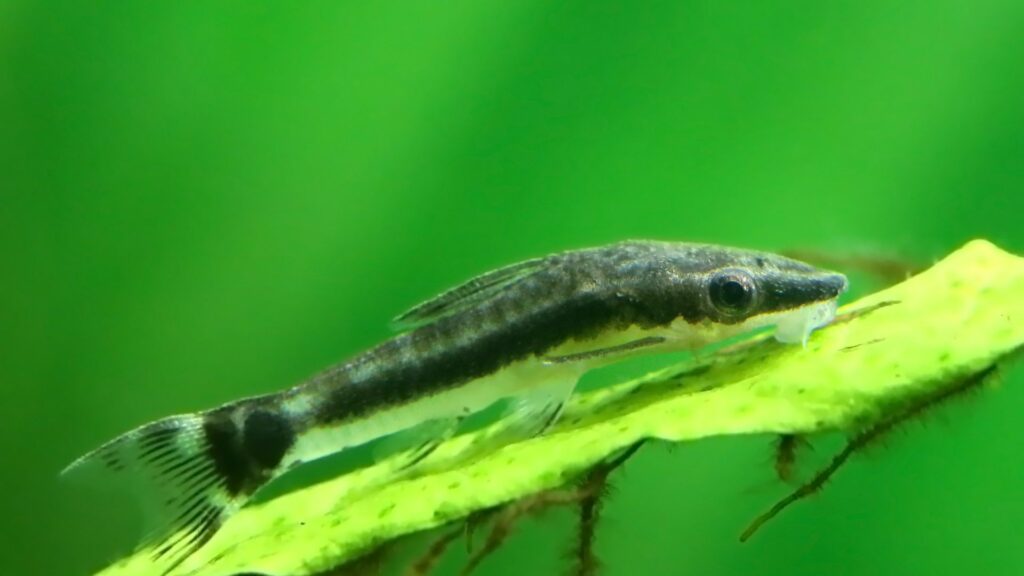
Otocinclus Catfish: Interesting Facts & Stats
- The Otocinclus Catfish is a freshwater fish that is native to South America.
- The Otocinclus Catfish is also known as the Dwarf Suckermouth Catfish or the Otocinclus Affinis.
- The Otocinclus Catfish is a member of the Loricariidae family.
- The Otocinclus Catfish is a peaceful fish that is typically found in groups.
- The Otocinclus Catfish is a bottom-dweller that feeds on algae.
- The Otocinclus Catfish is a hardy fish that is easy to care for.
- The Otocinclus Catfish is a popular fish for aquariums.
- The Otocinclus Catfish typically reaches a length of 1-2 inches.
Food & Diet
Otocinclus catfish are omnivorous, meaning they will eat both plant and animal matter. In the wild, they primarily feed on algae, but in the aquarium, they will also accept other foods such as brine shrimp, bloodworms, and pellet food. It is important to provide them with a variety of foods to ensure they are getting all the nutrients they need.
When choosing a food for your Otocinclus catfish, look for something that contains algae or other plant matter. This will help them stay healthy and prevent them from getting sick. You should also avoid foods that are high in fat or protein, as these can lead to health problems for your fish.
Behavior & Temperament
Otocinclus catfish are peaceful, shy fish that spend their time hiding among the plants and rocks in the aquarium. They are timid fish that should not be kept with aggressive or boisterous tankmates. Otocinclus catfish are known to be finicky eaters and may not adapt well to a new aquarium or diet.
They are best kept in a group of at least six fish, which will help them feel more secure and less likely to be bullied by other tankmates.
Tank Mates
Otocinclus catfish are generally peaceful and can be kept with a variety of different fish. When choosing tank mates for your Otocinclus, it is important to consider the size of your fish, as Otocinclus are only a few inches long. Additionally, Otocinclus are timid fish and do best in groups, so it is important to choose tank mates that will not bully or harass them.
Some good tank mates for Otocinclus catfish include:
- Other peaceful, small fish such as neon tetras or guppies
- Corydoras catfish
- Gouramis
- Danios
- Barbs
- Rasboras
Breeding & Mating:
Otocinclus catfish are known to reproduce in the wild during the rainy season. During this time, the males will build nests out of plant matter and gravel near the shoreline.
The female will then lay her eggs in the nest and the male will fertilize them. Once the eggs have been fertilized, the male will protect the nest until the eggs hatch and the fry are able to fend for themselves.
In the aquarium, Otocinclus catfish can be bred year-round if the water conditions are right. To induce spawning, the aquarist can raise the water temperature to around 82 degrees Fahrenheit and add a small amount of water daily to simulate the rainy season.
The male will then build a nest and the female will lay her eggs in it. Once the eggs have been fertilized, the male will protect the nest until the eggs hatch and the fry are able to fend for themselves.
FAQ
How Many Otocinclus Catfish Can You Put In A Gallon Tank?
You can put a maximum of five Otocinclus catfish in a gallon tank.
How Often Should You Feed Your Otocinclus Catfish?
As with all fish, it is important to feed your otocinclus catfish regularly to maintain their health and vitality. These fish are relatively small and have a very fast metabolism, so they should be fed 2-3 times per day. A good rule of thumb is to feed them as much as they can eat in 2-3 minutes.
Are Otocinclus Catfish Lonely Or Societal In Nature?
Otocinclus catfish are a schooling species, so they do best when kept in groups of at least 6-8 fish. They are relatively peaceful fish, but can be nippy towards tankmates that are much larger than them. Otocinclus catfish are also known to be shy and may hide if they don’t feel comfortable in their environment.
Does Otocinclus Catfish Produce A Lot Of Waste?
No, otocinclus catfish are not lonely or societal in nature. They are peaceful, hardy fish that do well in groups. In the wild, they live in large schools and in the aquarium, they should be kept in groups of at least 5. They are not territorial and get along well with other fish.
Are Otocinclus Catfish aggressive or peaceful?
Otocinclus catfish are generally peaceful fish that do well in community tanks. They are not aggressive and will not bother other fish in the tank.
Final Thoughts
If you’re thinking of keeping otocinclus catfish, you should be aware of the potential diseases they may face. Some of the most common diseases include bacterial infections, fungal infections, and parasites. While these diseases can be treated, they can be deadly if not caught early. If you’re prepared to deal with these potential diseases, then keeping otocinclus catfish can be a rewarding experience.
Topics Covered

